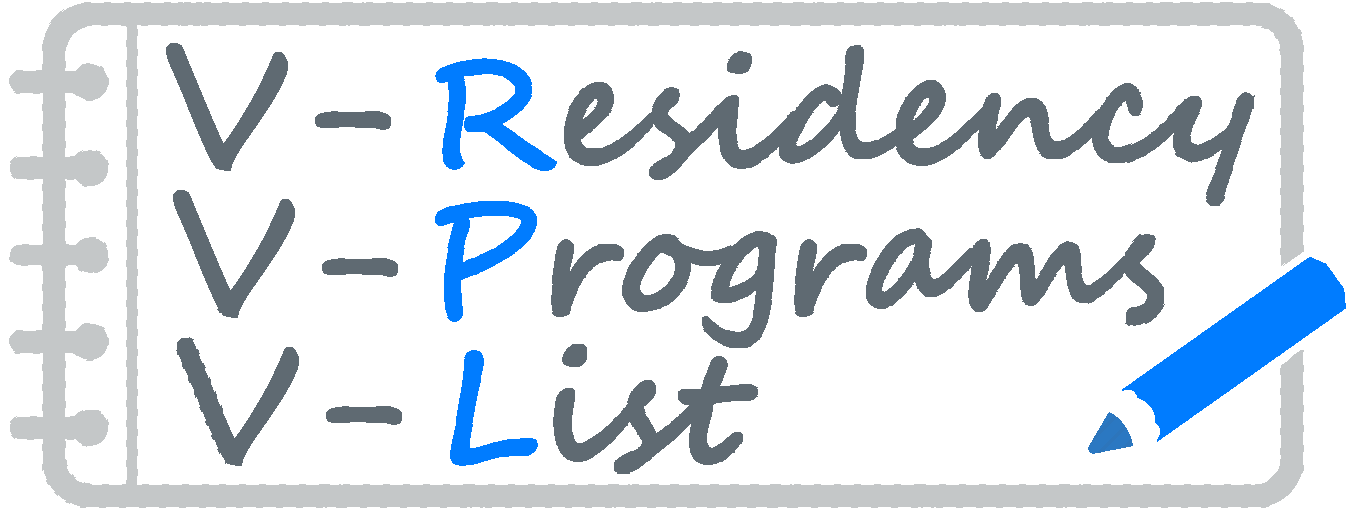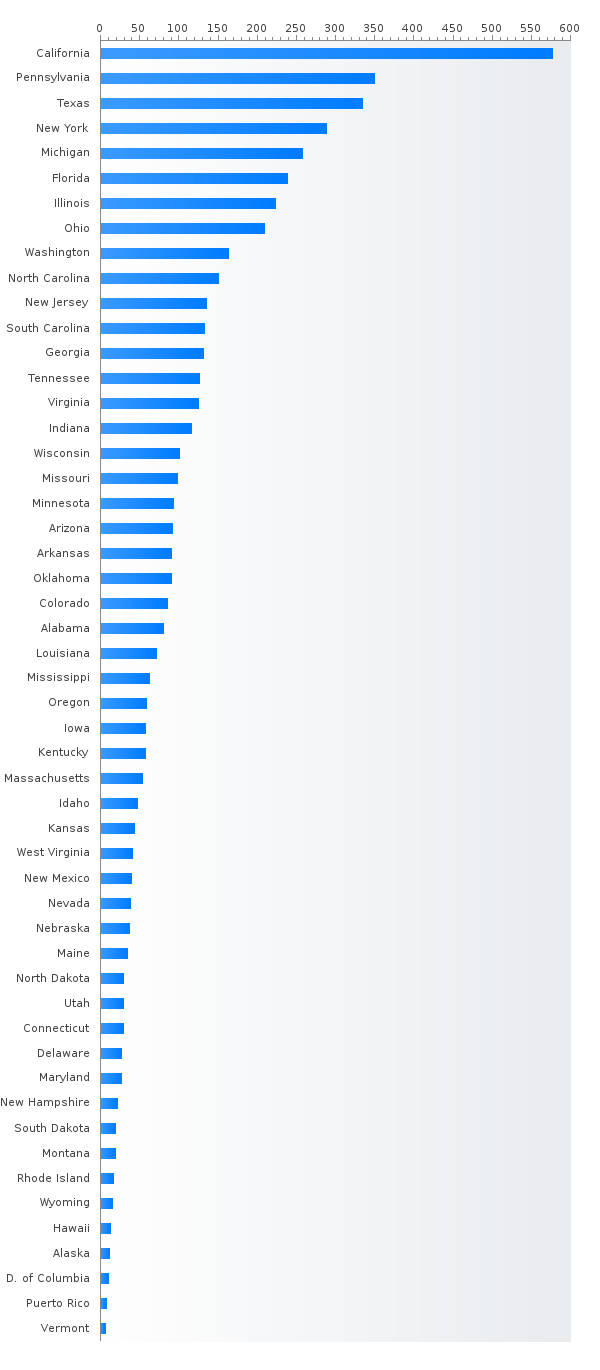Perhaps you’re finding yourself in my shoes when I decided between FM and EM. It was 2005, and I loved the pace and excitement of EM but was less drawn to its culture and atmosphere.
In hindsight, Family Medicine was a perfect choice. I got to have some continuity of care in my day clinic, and I have been practicing Urgent Care Medicine for the past decade. Especially these days, with the rise of telehealth, it has been nice to have the skill of managing any patient, with any medical condition, at any age.
The length of FM residency is 3 years. I attended UCLA family medicine residency and loved it enough to stay on as a 4th-year chief. From the first day of orientation, it was clear that it was more of a family and that our program director would support us, be there for us, and get us through. There wasn’t any competition, and I hardly felt any hostility towards me from higher-ups.
We rotated with OB/Gyn and IM and had a rather heavy inpatient load and ICU patient management at Santa Monica hospital. The autonomy that we had was at first overwhelming. But the senior residents and vigilant attendings made up for that.
I also attended medical school at UCLA, which wasn’t a pleasant experience. I struggled with the study load and struggled on my exams even though I had a lot of support. My Residency felt more structured, and I had so many seniors to learn from.
We had the friendly, cuddly, warm attending to the gung ho, shotgun, hardcore attendings. I could choose to whom I wanted to present my cases. Sometimes it’s nice to learn from someone more patient, but you want to push yourself and present to someone who’ll push you.
Moonlighting in my family practice residency was encouraged. I got my medical license four months into my 2nd year of residency. I picked up a few shifts in a local Urgent Care in Los Angeles. I met many other moonlighting residents and senior attendings who were more than happy to have me run my cases by them.
Our Ob/Gyn rotations were at Cedar Sinai, which had a sizeable obstetrical volume. I never saw myself doing much Obstetrics in my practice, but it was great learning about Gynecology. The lack of access for many patients in an Ob/Gyn clinic and the prevalence of STDs make the Urgent Care and Family Medicine clinics an excellent resource for patients with genitourinary issues.
By the beginning of my 2nd year, I felt pretty confident on the floor. I felt comfortable with any inpatient procedure and felt confident running codes in the ICU. Though inpatient care hasn’t been part of my practice as an attending, it was helpful to be familiar with it so that I could manage my patients after a hospital or ER discharge.
I know residency often has the reputation of being hardcore, challenging, and demoralizing. I didn’t have that experience even though I performed poorly as a medical student. These days I enjoy my practice in Family Medicine and the Urgent Care.
Read more


